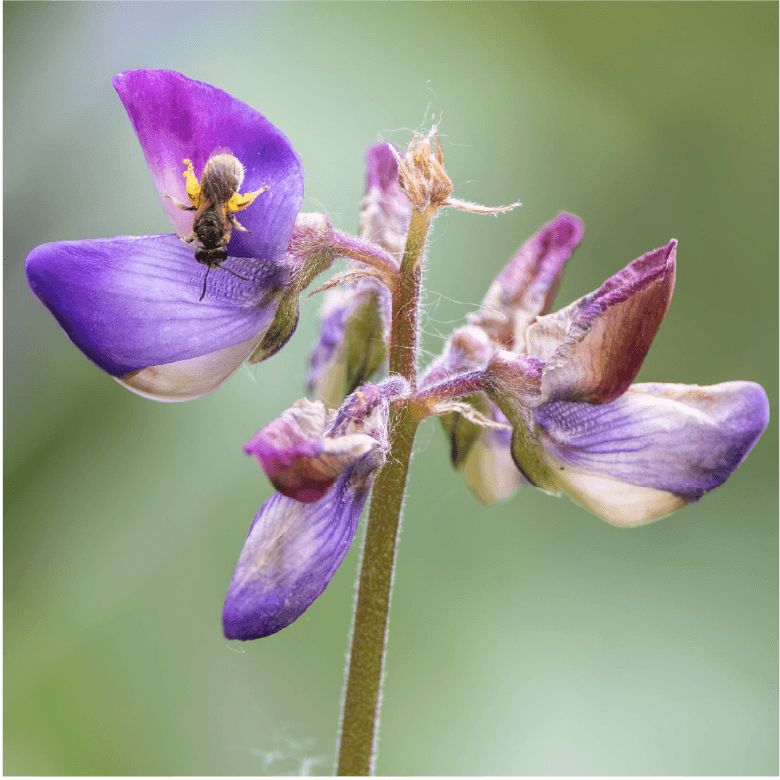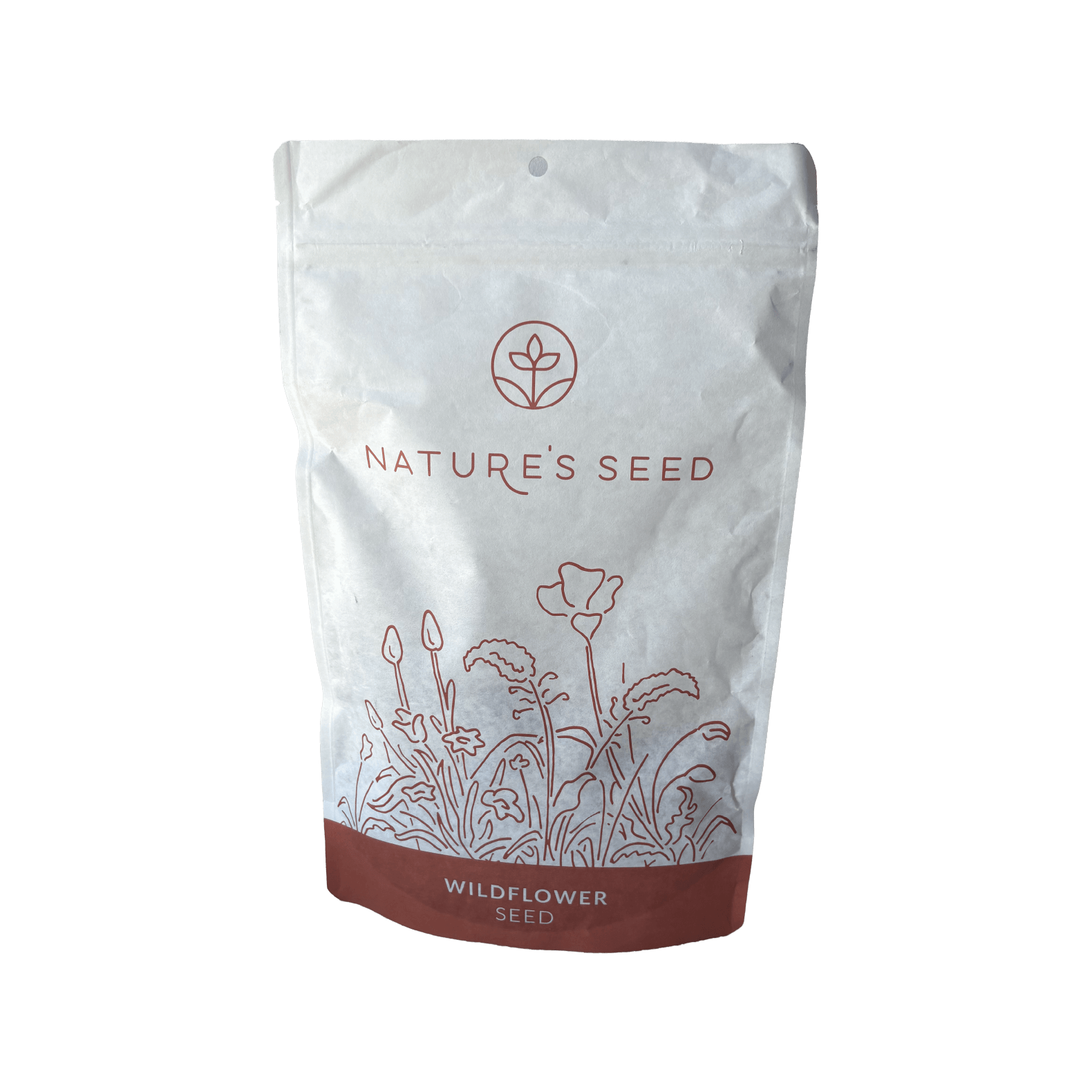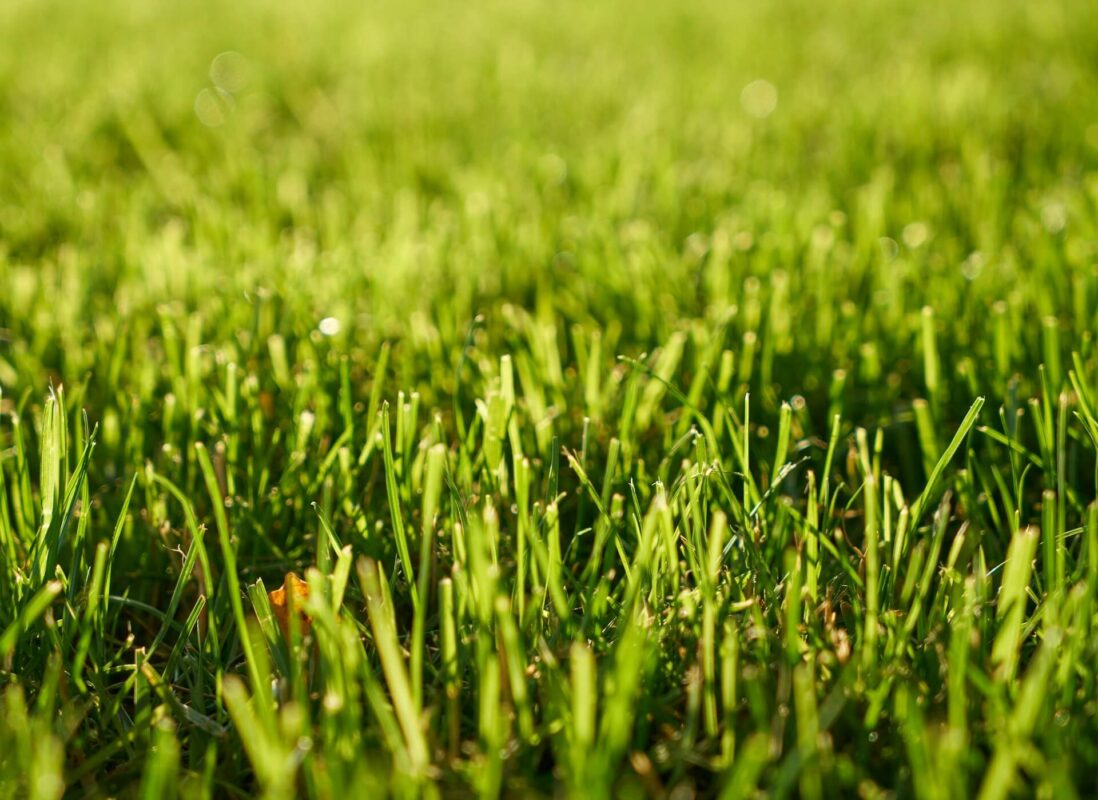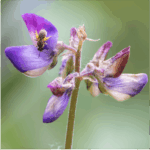
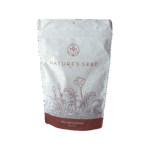
What is Arroyo Lupine?
This Arroyo lupine seed was collected from wildland areas in Southern CA and grown at Las Flores Farm in Santa Barbara County.
Arroyo Lupine (Lupinus succulentus) is a showy annual wildflower native to California’s valleys and coastal areas. Growing 2–4 feet tall, it bears eye-catching spires of purple-blue and white pea-shaped flowers that bloom in late winter to spring. One of the easiest lupines to grow, it germinates readily and thrives even in heavier soils like clay. It’s a fantastic pollinator plant and, as a legume, also enriches the soil by fixing nitrogen. Use Arroyo Lupine to add quick, dramatic color to meadows, garden beds, or erosion-prone slopes. It requires little water beyond seasonal rains and readily reseeds.
Specifications
Sun Requirement
Full Sun
Soil Preference
Well-drained; tolerates clay/heavier soils with moist winter/spring conditions
Soil pH
Neutral to slightly alkaline
Time to Maturity
~70 days to bloom
Height when mature
2–3 ft tall
Seeding Rate
4-6 lbs per acre (broadcast)
Planting Depth
1/8 inch—cover lightly
Arroyo Lupine
Lupinus succulentus | SKU: W-LUSU
Check your ZIP code to know if this seed works for you
Check Your ZIP Code
×Enter your ZIP code to see if this seed works in your region:
Why Choose This Seed?

Stunning Native Blooms
This wildflower boasts tall, purple and blue flower spikes that create a dramatic spring display.
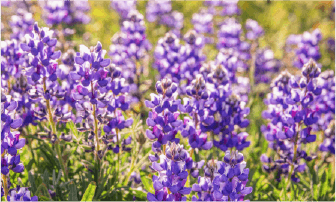
Easy to Grow
This annual wildflower is particularly easy to grow. It germinates readily and establishes quickly—even for beginners.
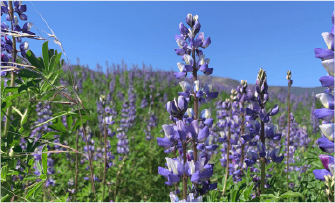
Pollinator Favorite
Arroyo lupine boasts bright, fragrant blooms that draw native bees and butterflies.
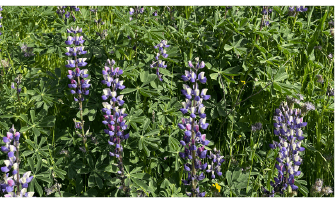
Improves Soil
Like other lupines, Arroyo Lupine has a close relationship with rhizobium, a root bacterium, enables it to fix nitrogen in the soil, helping the plants to survive in nutrient-depleted or infertile soils, including clay.
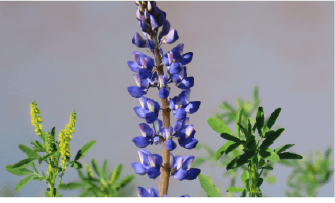
Low Water, Self-Seeding
Arroyo lupine can bloom longer with additional irrigation, but it can also survive on seasonal rainfall alone, and readily reseeds for future blooms.
Seed Description
Product Details
Sun/Shade
Full Sun
Height
2–4 ft
Seeding Rate
15–20 lbs/acre
Uses
Wildflower displays, restoration, slope stabilization, pollinator gardens
Color
Purple-blue and white bicolor flowers
Water
Low—mostly winter/spring rains; minimal supplemental water
Native/Introduced
Native to California and the Southwest U.S.
Life Form
Annual wildflower
Planting Guide
When to Start & Weed Control
Start prepping your planting area in fall, so that you are ready to seed between late September and early February, when temperatures cool and rain is on the horizon.
Weed your growing area BEFORE planting any native seeds. We recommend not only pulling visible weeds but also “flushing out” the weed seeds that are waiting in the soil. Irrigate the area and wait for weed seeds to germinate, then remove them using your method of choice. Irrigate again, wait, and perform another round of weed control. Repeat 2-3 times.
Soil Prep
Ensure your soil is as bare as possible for the maximum amount of seed-to-soil contact. If the entire area can’t be completely cleared, rake out as much dead plant material from the area as you can to create bare patches of soil for the seed to make contact with. For best results, the soil should be easily crumbled and not heavily compacted.
Seeding
It is best to seed onto slightly damp soil. If necessary, water the top 1/4 inch of soil before seeding. Scatter seed directly on the soil surface and rake gently or lightly press the seed into the soil. Do not bury the seed deeper than 1/4 inch into the soil.
Water
After planting, keep the top 1/4 inch of soil consistently moist until the seeds have germinated and the first true leaves have emerged. A good rule is to water lightly every day intul the seedlings are an inch high, then you can reduce watering to every 3 days. Skip days when it rains. Within 6 weeks after germinating, your plants should need only occasional watering. Don’t over-water your plants, especially in summer.
Questions & Answers
When to plant Arroyo Lupine?
Late fall for winter germination and spring bloom.
Should I soak/scarify seeds?
Recommended for faster, more even germination.
Is it good for clay soil?
Yes—prefers heavier soils with some winter moisture.
Will it return every year?
Annual that reseeds if seed pods mature and drop.
Is it deer resistant?
Some resistance due to leaf compounds, but not deer-proof.
Are lupines poisonous?
Contain alkaloids—prevent pets/livestock from eating plants.
Still have
questions?
Our planting experts
are here to help.
customercare@naturesseed.com
Response time:
Within 1 business day
Reviews
| Coverage Area | , , |
|---|
Related Products
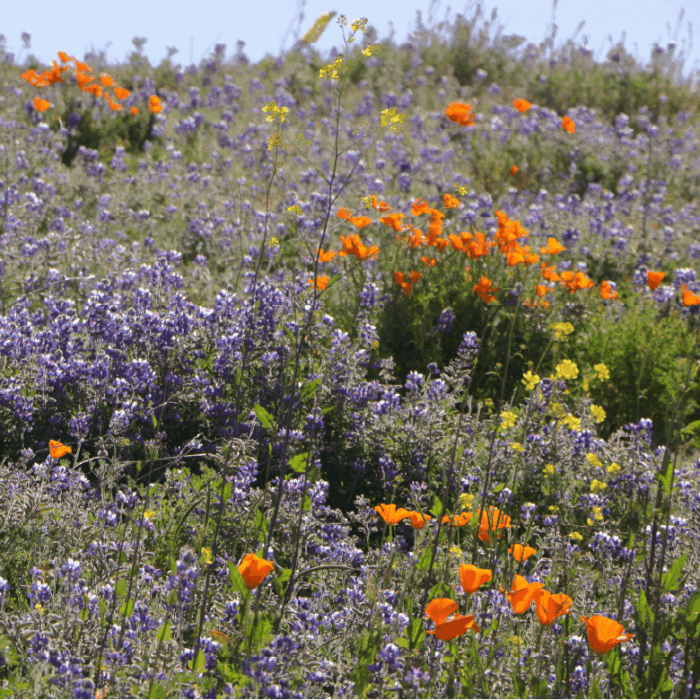
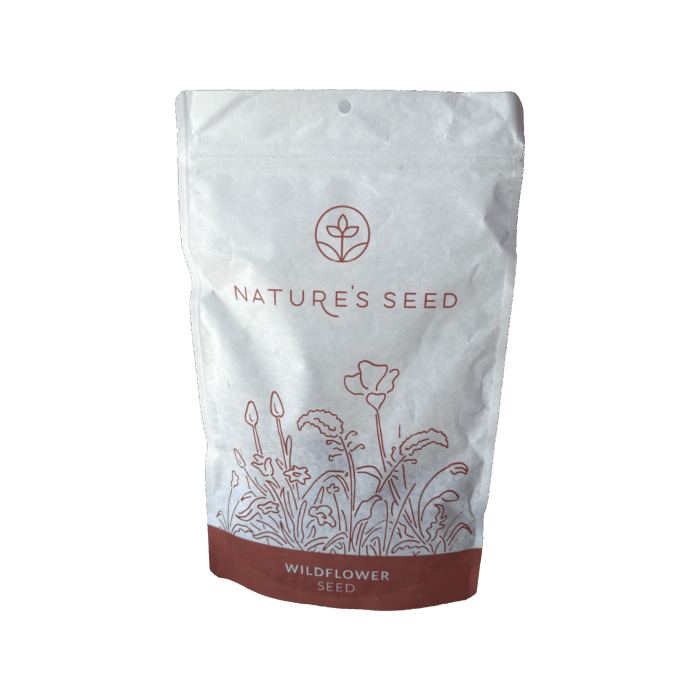
California Coastal Native Wildflower Mix
(4.7) - 145 reviews
$63.98/lb
landscape beautification, pollinator gardens, natural wildflower meadows, and habitat restoration. Great for reseeding native wildflower areas, cottage gardens, and adding color to pastures or roadsides.
Southern USDA Regions (8-10), Transitional USDA Regions (6-8)
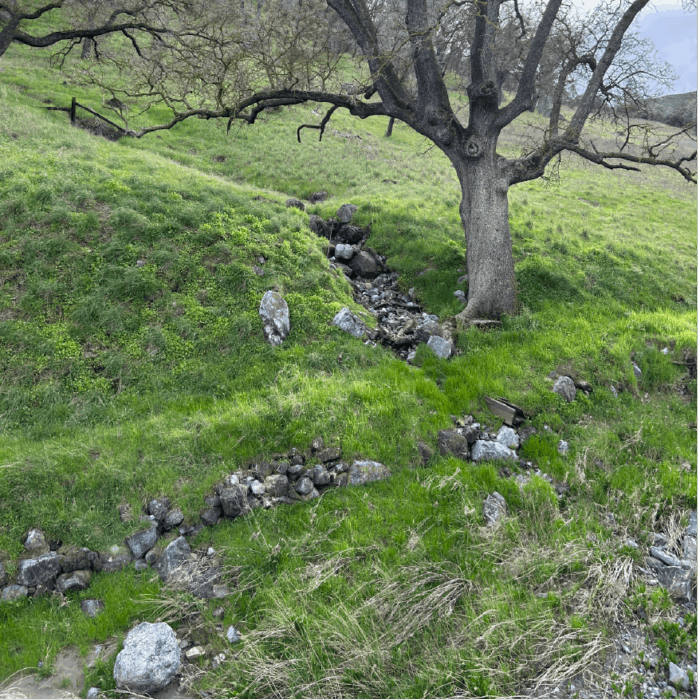
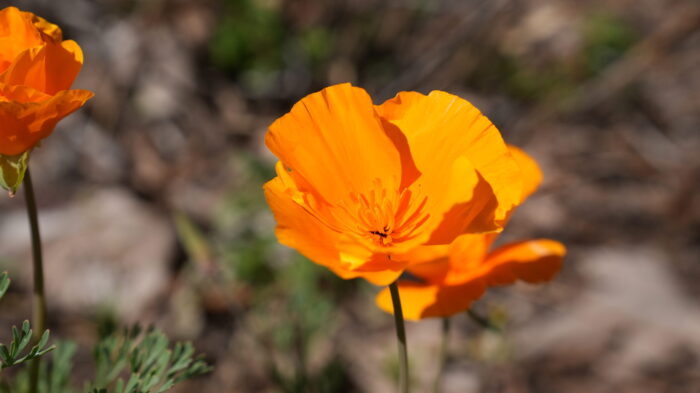
California Native Fire-Wise Mix
(4.7) - 145 reviews
$65.00/lb
Defensible space, Post-fire revegetation, Erosion control, Wildlife habitat, Pasture enhancement
Southern USDA Regions (8-10), Transitional USDA Regions (6-8)
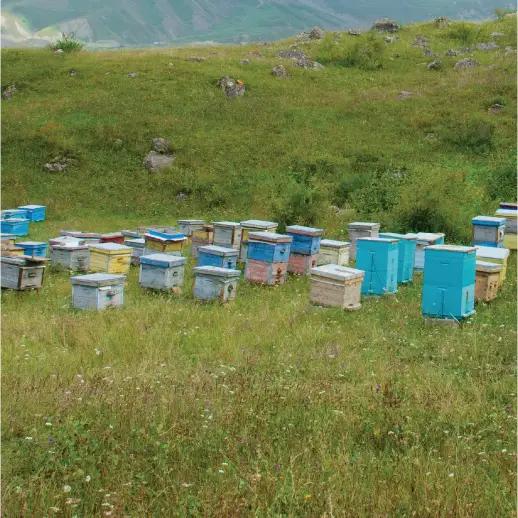
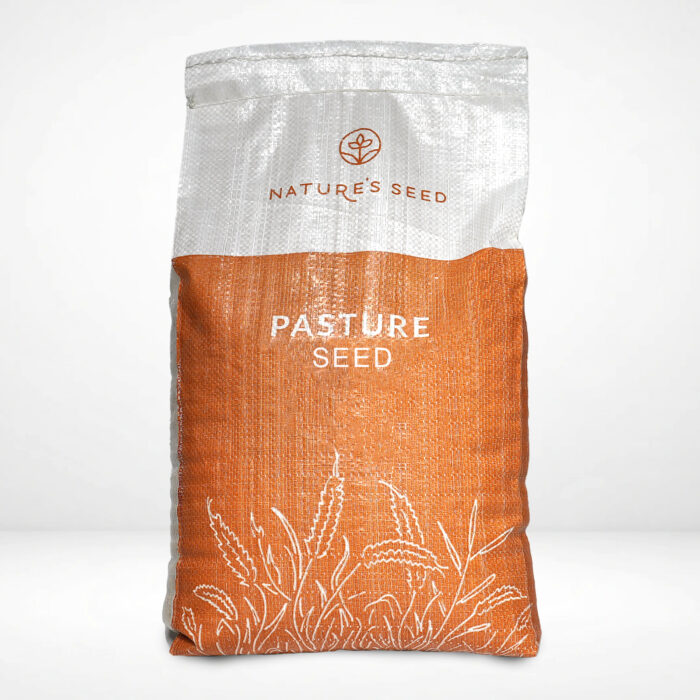
Honey Bee Cover Crop & Pasture Mix
(4.7) - 145 reviews
$10.00/lb
Honey Bee
Northern USDA Regions (3-5), Southern USDA Regions (8-10), Transitional USDA Regions (6-8)


Thingrass
(4.7) - 145 reviews
$90.99/lb
Lawn Alternative, Ornamental, Erosion Control, Wilflower Habitat
Southern USDA Regions (8-10), Transitional USDA Regions (6-8)
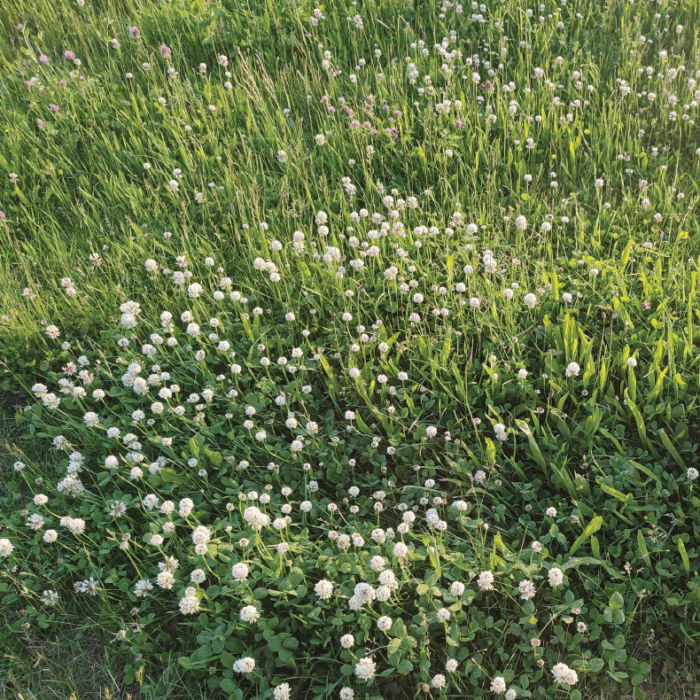

White Clover
(4.7) - 145 reviews
$6.99/lb
Pasture improvement, soil builder, cover crop, green manure, pollinator habitat, lawn alternative, living mulch, wildlife food plot
Northern USDA Regions (3-5), Southern USDA Regions (8-10), Transitional USDA Regions (6-8)
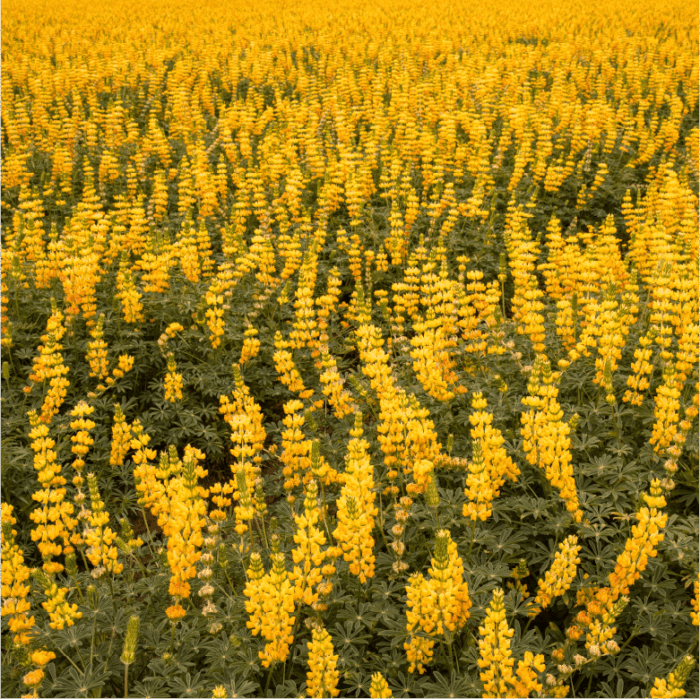

Yellow Lupine
(4.7) - 145 reviews
$100.00/lb
Wildflower meadows, soil improvement (green manure), erosion control, pollinator gardens
Southern USDA Regions (8-10), Transitional USDA Regions (6-8)
